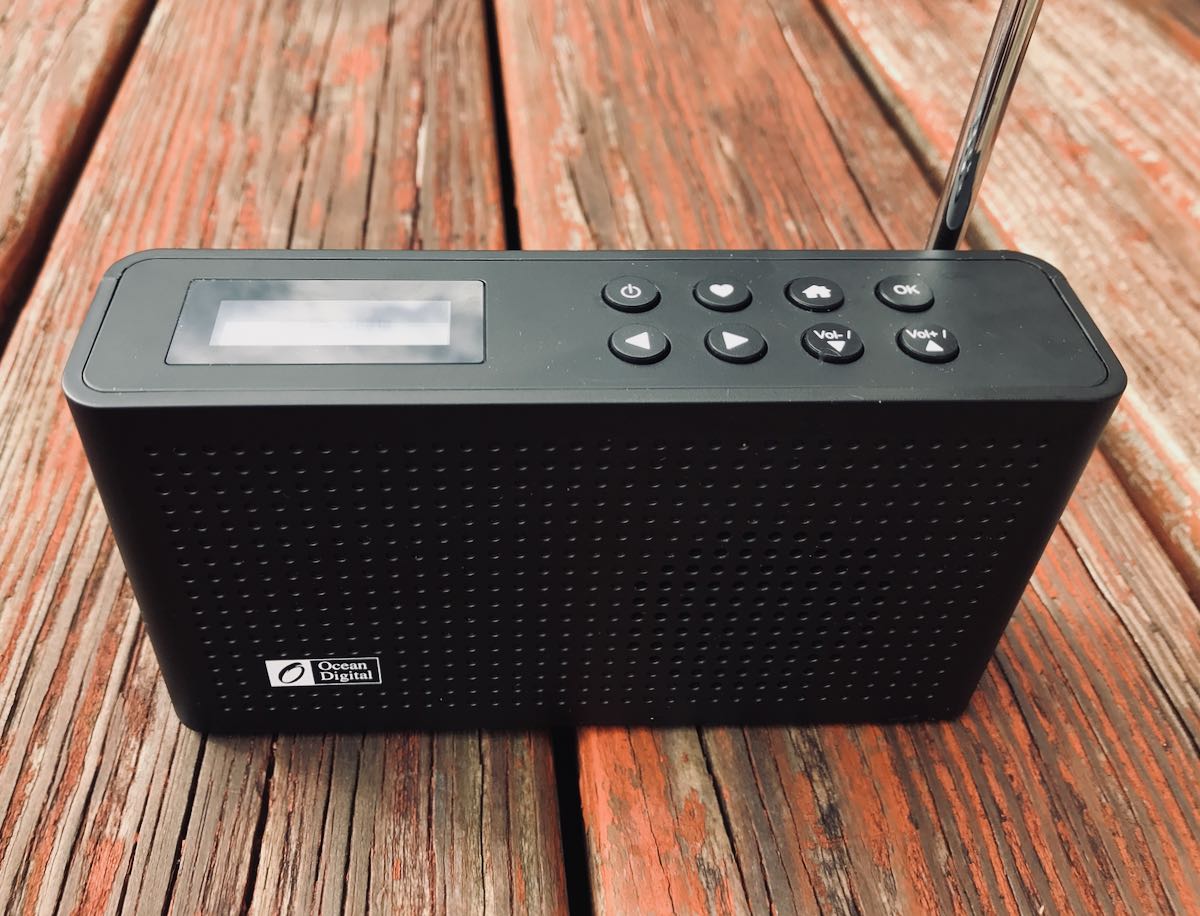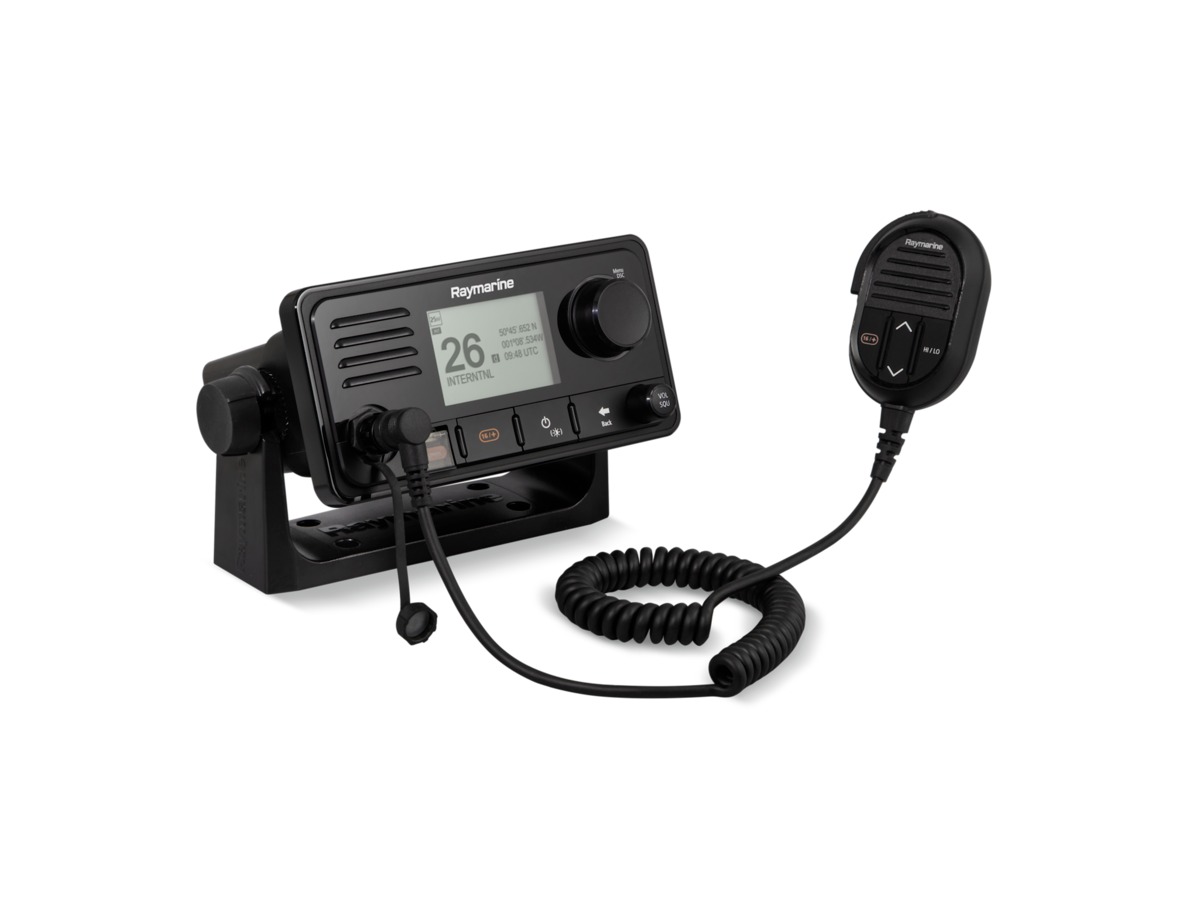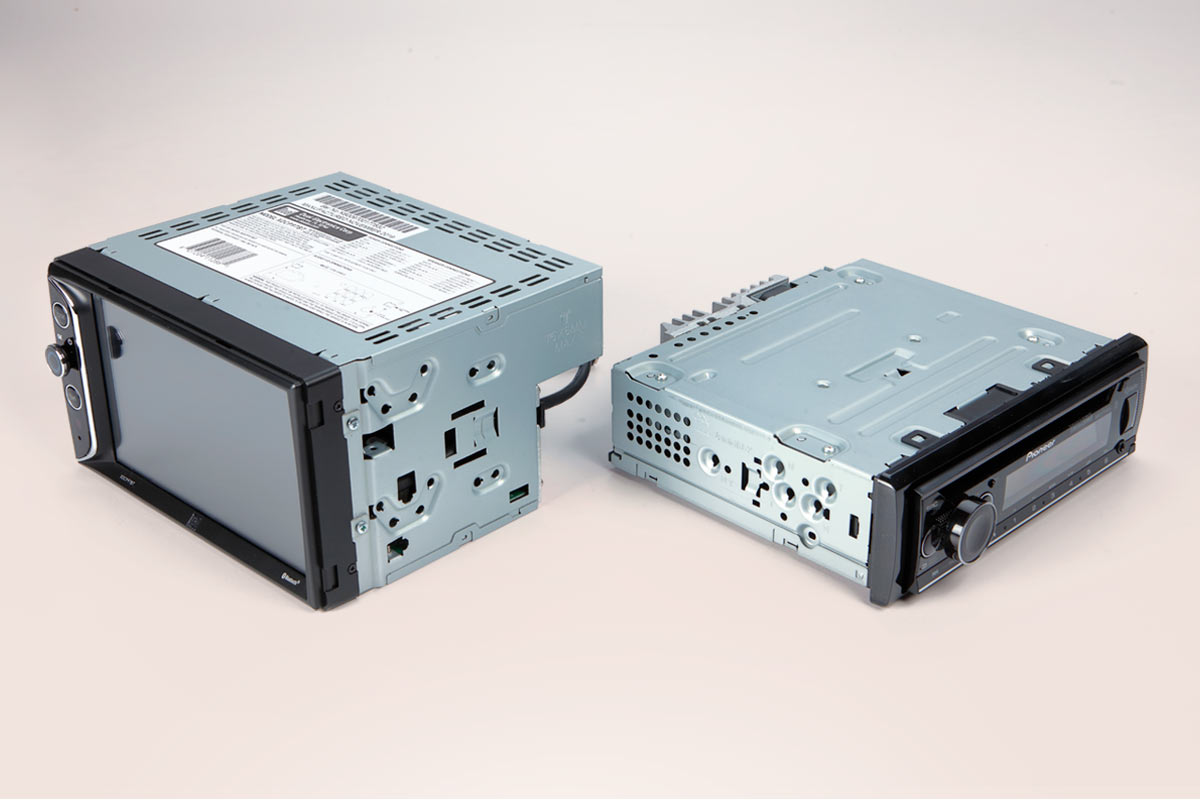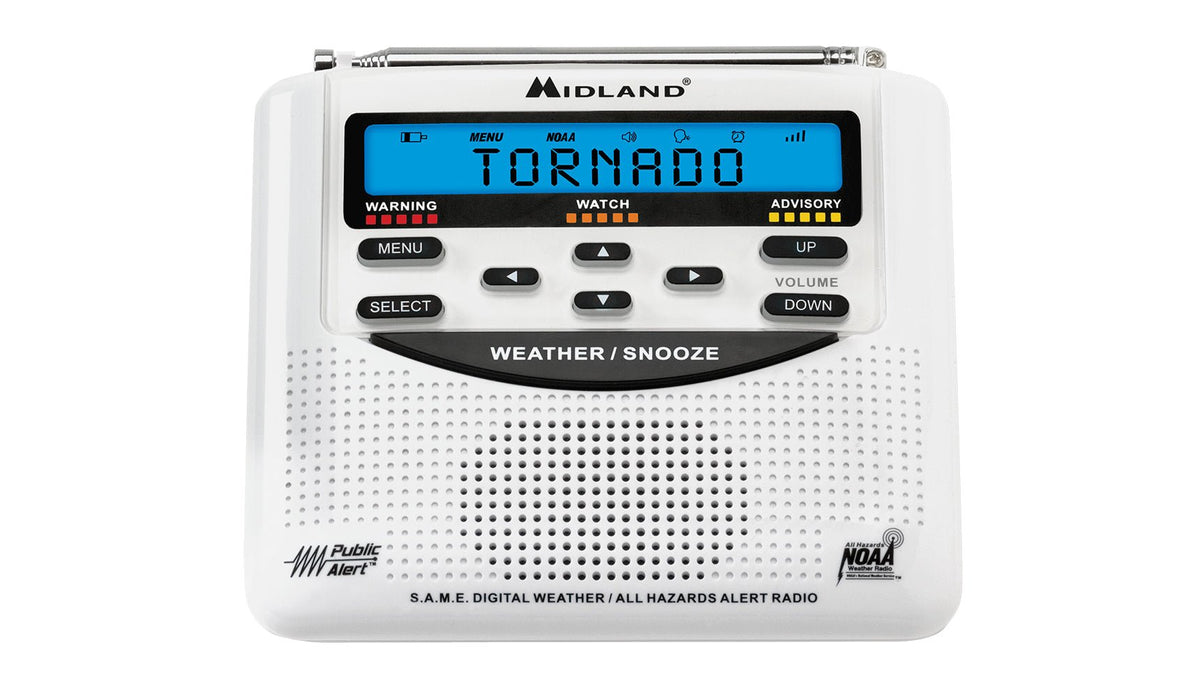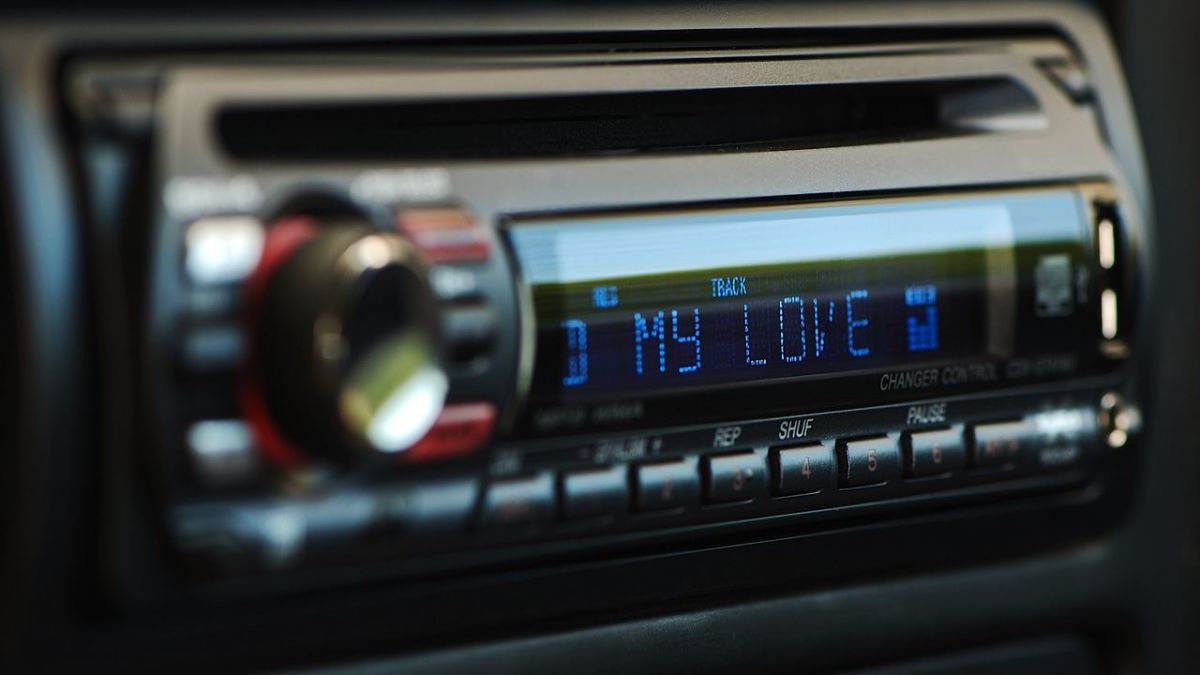Home>Devices & Equipment>Radio>What Is MURS Radio
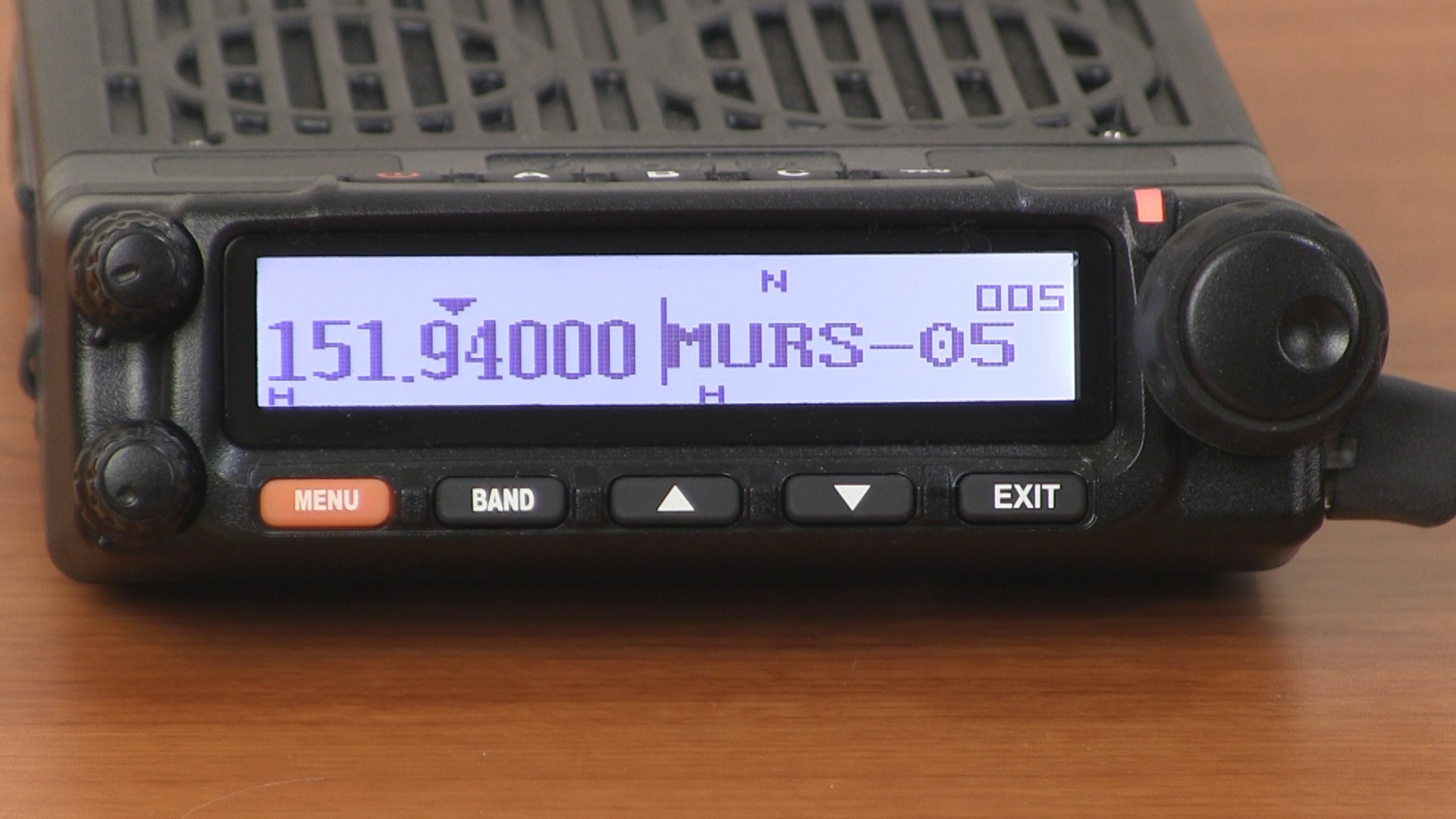

Radio
What Is MURS Radio
Modified: January 22, 2024
Discover the benefits and functionality of MURS radio, a powerful communication tool. Stay connected and informed with this versatile radio system.
(Many of the links in this article redirect to a specific reviewed product. Your purchase of these products through affiliate links helps to generate commission for AudioLover.com, at no extra cost. Learn more)
Table of Contents
Introduction
Radio communication has played a pivotal role in human history, connecting people across vast distances and enabling seamless communication in critical situations. Over the years, advancements in technology have led to various types of radio services, each catering to specific needs and requirements. One such service is MURS radio.
MURS, which stands for Multi-Use Radio Service, provides a unique communication solution for individuals and businesses alike. It offers a convenient and affordable means of wireless communication, allowing users to stay connected in areas where traditional cell phone networks may not be accessible or reliable.
In this article, we will delve into the world of MURS radio, exploring its features, benefits, applications, and limitations. Whether you are an outdoor enthusiast, a small business owner, or someone interested in emergency preparedness, understanding MURS radio can empower you with a versatile communication tool.
MURS radio operates on specific frequency bands and offers a range of channels that can be used for various purposes. Unlike some radio services that require a license, MURS is license-free, making it accessible to anyone who wants to utilize its capabilities. This makes it an attractive option for individuals and businesses looking for a cost-effective communication solution without the need for professional licensing.
One of the key advantages of MURS radio is its simplicity. It is designed to be user-friendly, making it suitable for individuals with little to no technical knowledge or experience. Whether you are camping in the wilderness or coordinating a team project, MURS radio can provide reliable and instant communication at the touch of a button.
In the following sections, we will explore the frequency range and channels available in MURS radio, the licensing requirements (or lack thereof), as well as the features and benefits that set it apart from other radio services. We will also discuss common applications and uses, comparing MURS radio with other communication options to understand its strengths and limitations.
So, if you are curious about MURS radio and its potential uses, join us as we delve deeper into this wireless communication solution and explore the possibilities it offers in various scenarios.
Overview of MURS Radio
MURS radio is a communication system that operates on specific frequency bands designated by the Federal Communications Commission (FCC). It is a low-power, short-range radio service that offers reliable and efficient wireless communication in various scenarios. The MURS radio system is designed to provide clear and uninterrupted communication, making it an ideal choice for personal, recreational, and business use.
One of the distinguishing features of MURS radio is its frequency range. It operates in the 151-154 MHz band, consisting of five specific channels. These channels provide ample flexibility for users to select the most appropriate frequency for their specific communication needs. Unlike some other radio services, MURS radio does not require a license to operate, which makes it easily accessible to individuals, families, and small businesses without the need for complicated legal paperwork.
MURS radio equipment is widely available in the market, ranging from handheld radios to base stations and repeaters. Handheld radios are compact and portable, making them suitable for activities like hiking, camping, and outdoor adventures. Base stations and repeaters, on the other hand, offer extended range and enhanced coverage, making them suitable for larger areas like warehouses, construction sites, or even small towns.
The MURS radio system allows for both voice and data communication. Users can engage in two-way audio communication, enabling clear and instant conversations between individuals or groups. In addition, MURS radio can support other data applications, such as remote monitoring and telemetry, which enhances its versatility and utility for businesses.
One of the key advantages of MURS radio is its simplicity. The equipment is easy to set up and operate, even for those with limited technical knowledge. Most MURS radios utilize intuitive controls, with features like push-to-talk buttons and clear display screens, making communication quick and hassle-free. This user-friendly aspect makes MURS radio an ideal choice for situations where rapid and efficient communication is essential, but complex equipment is not feasible.
In terms of range, MURS radio typically offers coverage of up to several miles, depending on factors such as terrain, obstructions, and the power output of the radio. While it may not match the range of some other radio services or cellular networks, MURS radio is well-suited for shorter-range communication scenarios, such as within a building, across a campground, or between vehicles in a caravan.
Next, we will explore the frequency range and available channels in MURS radio. Understanding these technical aspects will provide a comprehensive understanding of the capabilities and limitations of this communication system.
Frequency Range and Channels
MURS radio operates in the 151-154 MHz frequency range, which is divided into five specific channels. These channels provide users with different frequencies to communicate on, allowing for flexibility and minimizing interference between users. Each channel has a designated center frequency, which acts as a reference for communication and ensures clear, reliable transmission.
The five channels available in MURS radio are:
- Channel 1: 151.820 MHz
- Channel 2: 151.880 MHz
- Channel 3: 151.940 MHz
- Channel 4: 154.570 MHz
- Channel 5: 154.600 MHz
These channels provide a range of frequencies for users to choose from, based on their specific communication needs and local regulations. It is essential to ensure that your MURS radio is set to the correct channel to communicate effectively with other users in your vicinity.
The specific center frequencies designated for each channel ensure that users can communicate within a defined bandwidth without overlapping with neighboring channels. This helps in minimizing interference and enables clear and reliable communication even in crowded areas where multiple users may be operating on MURS radio.
It is important to note that while MURS radio operates on a license-free frequency range, there are restrictions on certain types of communication. The FCC prohibits using MURS radio for voice or data communication concerning the transmission of music, entertainment, or advertising. It is primarily intended for personal or business use, comprising activities like security, maintenance, coordination, and general communication needs.
In addition to the frequency range and channels, it is crucial to consider the power output of your MURS radio. Lower-powered radios typically have a shorter range, while higher-powered radios can transmit signals over longer distances. However, it is essential to comply with the power output limits imposed by the FCC to avoid legal and operational issues.
Understanding the frequency range and available channels in MURS radio is essential for selecting the appropriate frequency for your communication needs. Whether you are using MURS radio for outdoor adventures, coordination in a small business, or emergency preparedness, choosing the right channel ensures clear and reliable communication with minimal interference.
Now that we have covered the frequency range and channels in MURS radio, let’s move on to discussing the licensing requirements, or lack thereof, for utilizing this versatile communication system.
Licensing Requirements
One of the major advantages of MURS radio is that it operates on a license-free frequency range, making it accessible to individuals, families, and small businesses without the need for professional licensing. This significantly lowers the barrier of entry for users who want to utilize the benefits of wireless communication without the hassle of obtaining a radio license.
Typically, other radio services, such as the General Mobile Radio Service (GMRS) or the Amateur Radio Service (HAM), require users to obtain licenses from the appropriate regulatory authorities. These licenses involve passing exams, paying fees, and complying with specific rules and regulations. However, MURS radio operates under different rules, allowing users to communicate freely within the designated frequency range without needing to undergo any licensing process.
The FCC sets the rules and regulations for MURS radio, ensuring that users abide by certain guidelines and restrictions. While there is no formal licensing requirement, users are still expected to operate within the bounds of the law. It is crucial to familiarize yourself with the FCC rules regarding MURS radio usage to avoid any inadvertent violations.
While the lack of licensing requirements makes MURS radio easily accessible, it is important to note that there are limitations on the power output of the radios. The maximum power output allowed for MURS radios is 2 watts, which ensures that the communication remains within the intended range and does not cause interference with other radio services.
It is worth mentioning that even though MURS radio does not require a license, it should not be used for illicit or unauthorized purposes. Engaging in illegal activities using MURS radio, such as transmitting false distress signals or using it for unauthorized business operations, is strictly prohibited and can lead to severe legal consequences.
Additionally, while MURS radio does not require a license for usage, it is important to respect the privacy of other users and adhere to proper radio etiquette. Avoid using unnecessary or prolonged transmissions that may disrupt the communication of others. Always be mindful of others sharing the same frequency space and ensure that your communication is necessary and considerate.
By understanding and adhering to the FCC rules and regulations, users can enjoy the benefits of MURS radio without any licensing requirements. Whether you are planning outdoor adventures, organizing events, or simply looking for a reliable communication tool, MURS radio provides a simple, affordable, and accessible solution.
Now that we have explored the licensing requirements, let’s move on to discussing the features and benefits of MURS radio, which make it a popular choice for various applications and use cases.
Features and Benefits
MURS radio offers a range of features and benefits that make it an appealing communication solution for individuals and businesses. Let’s explore some of the key features and advantages of using MURS radio.
1. Easy to use: MURS radio is designed to be user-friendly, even for beginners. The equipment typically features intuitive controls, clear displays, and simple operation, making it accessible to individuals with little to no technical knowledge.
2. Cost-effective: MURS radio is an affordable communication option, as it does not require licenses or recurring fees. Once you invest in the radio equipment, you can freely utilize the service without any additional expenses.
3. License-free: Unlike other radio services that require licenses and regulatory compliance, MURS radio operates on a license-free frequency range. This reduces the barriers to entry, making it accessible to anyone who wants to communicate wirelessly.
4. Wide coverage range: While not as extensive as some other radio services, MURS radio still provides reliable communication over several miles. This makes it suitable for a wide range of applications, from outdoor adventures to small businesses.
5. Versatility: MURS radio can support both voice communication and data applications. In addition to two-way audio communication, it can be used for remote monitoring, telemetry, and other data transmission needs, enhancing its usefulness in various scenarios.
6. Privacy: With dedicated channels and frequency range, MURS radio offers a certain level of privacy. Users can communicate without worrying about eavesdropping or potential interference from unrelated radio transmissions.
7. Reliability: MURS radio provides reliable communication even in areas with limited or no cellular network coverage. This makes it an excellent backup solution for emergencies, outdoor adventures, and business operations in remote locations.
8. Durability: MURS radios are designed to withstand rugged conditions, making them suitable for outdoor activities and challenging environments. They are often built to be water-resistant or even waterproof, ensuring longevity and durability in various conditions.
9. Wide availability: MURS radio equipment is widely available, with a variety of options to choose from. Whether you need handheld radios for personal use or base stations for business applications, there are numerous brands and models to cater to your specific needs.
10. Emergency preparedness: MURS radio is a valuable tool for emergency preparedness. In situations where traditional communication networks may be disrupted, MURS radio can provide a reliable means of communication to coordinate rescue and emergency response efforts.
The features and benefits of MURS radio make it a versatile and practical solution for anyone seeking wireless communication capabilities. Whether you are an outdoor enthusiast, a small business owner, or someone preparing for emergencies, the simplicity, affordability, and range of features make MURS radio an excellent choice.
Now that we have discussed the features and benefits of MURS radio, let’s explore the common applications and uses of this communication system in more detail.
Common Applications and Uses
MURS radio finds its utility in a wide range of applications and use cases. Let’s explore some of the common scenarios where MURS radio is widely used:
1. Outdoor Adventures: Whether you are hiking, camping, or exploring the wilderness, MURS radio provides a reliable means of communication between members of your group. It allows you to stay connected, coordinate activities, and ensure safety in remote areas where cellular networks may not be available.
2. Small Businesses: MURS radio is a popular choice for small businesses that require efficient and instant communication within their premises. It can be used in retail stores, warehouses, construction sites, and other environments where staff members need to stay in constant communication.
3. Event Management: MURS radio is valuable for event organizers to coordinate activities, manage security, and ensure the smooth flow of operations. It enables efficient communication between event staff, vendors, and security personnel, leading to improved coordination and enhanced safety.
4. Worksite Supervision: MURS radio is utilized in construction sites, manufacturing facilities, and other worksites for supervisory communication. It enables project managers, foremen, and supervisors to stay connected with on-site workers, ensuring timely progress and addressing any potential issues promptly.
5. Neighborhood Watch: MURS radio can be used by neighborhood watch groups and community organizations to enhance security and communication within a neighborhood. It allows residents to quickly share information about suspicious activities, emergencies, or safety concerns, fostering a safer community environment.
6. Recreational Activities: MURS radio is popular among recreational enthusiasts, such as boaters, hunters, and off-roaders. It provides a reliable means of communication between individuals or groups, ensuring safety and coordination during outdoor recreational activities.
7. Emergency Preparedness: MURS radio is an essential tool for emergency preparedness. It allows individuals and communities to establish communication networks during natural disasters, power outages, or other emergency situations where traditional communication channels may be disrupted.
8. Hobbyist Groups: MURS radio is utilized by various hobbyist groups, such as amateur radio enthusiasts, geocaching clubs, and radio-controlled (RC) model enthusiasts. It allows hobbyists to communicate with each other and share information related to their specific interests, enhancing the overall experience.
These are just a few examples of the many applications and uses of MURS radio. Its versatility and simplicity make it a valuable communication tool in a wide range of scenarios, where reliable, instant, and cost-effective communication is essential.
Now that we have explored the common applications and uses of MURS radio, let’s compare it with other radio services to understand its unique advantages and limitations.
Comparison with Other Radio Services
When considering a communication solution, it is important to understand how MURS radio compares to other radio services available. Let’s examine how MURS radio stands out in comparison to two commonly known radio services: General Mobile Radio Service (GMRS) and Citizens Band (CB) radio.
1. GMRS Radio: GMRS radio is a licensed radio service that provides more advanced features and capabilities compared to MURS radio. While GMRS radios offer higher power output and longer range, they require users to obtain a GMRS license from the FCC. The licensing process involves passing an exam and paying a fee. In contrast, MURS radio operates on a license-free frequency range, making it more accessible to individuals and small businesses.
2. CB Radio: Citizens Band (CB) radio, like MURS radio, operates on a license-free frequency range. However, CB radios operate on a different frequency band (27 MHz) compared to MURS radio. While CB radios offer long-range communication capabilities, they are primarily used for personal use and are limited in terms of privacy and channel availability. MURS radio, on the other hand, provides users with dedicated channels and a more diverse frequency range, allowing for clearer communication and reduced interference between users.
Compared to GMRS and CB radio, MURS radio offers a balance of simplicity, cost-effectiveness, and reliability. Its license-free operation removes the need for complex licensing processes, reducing barriers to entry for users. MURS radios are generally more user-friendly and accessible to individuals with limited technical knowledge or experience. While the range may not be as extensive as GMRS or CB radio, MURS radio is suitable for shorter-range communication needs, such as within a building or across a campground.
Furthermore, MURS radio offers dedicated channels, allowing users to communicate without interference from unrelated radio transmissions. This enhances privacy and ensures clearer communication in crowded areas. MURS radios also provide versatility, supporting both voice communication and data applications, making them useful for various purposes, from personal use to business operations.
It’s essential to assess your specific communication needs and consider the range, power output, licensing requirements, and available features when comparing MURS radio with other radio services. Each service has its own strengths and limitations, and choosing the most suitable option will depend on your specific requirements and preferences.
Now that we have compared MURS radio with other radio services, let’s move on to discussing some limitations and considerations when using MURS radio.
Limitations and Considerations
While MURS radio offers numerous benefits, there are also certain limitations and considerations to keep in mind when using this communication system. Understanding these factors will help you make informed decisions and ensure optimal usage of MURS radio. Let’s explore some of the key limitations and considerations:
1. Range: MURS radio has a limited range compared to some other radio services. While it can provide reliable communication over several miles, the range may be affected by various factors such as terrain, obstructions, and the power output of the radio. It is important to assess your communication needs and consider the range limitations of MURS radio for your specific applications.
2. Interference: While MURS radio offers dedicated channels to minimize interference, there is still a possibility of encountering interference from other radio services or nearby electronic devices. It’s essential to select the most appropriate channel and employ proper radio etiquette to minimize the impact of interference and ensure clear communication.
3. Power Output: MURS radios are limited to a maximum power output of 2 watts, as per FCC regulations. While this is usually sufficient for shorter-range communication, it may not provide the same reach as higher-powered radios. Consider the power output limitations when assessing the coverage requirements of your communication needs.
4. Public Usage: MURS radio operates on frequencies that are also shared by other radio services, such as two-way radios used by businesses or government agencies. While MURS radio is license-free, it is important to be mindful of other users and avoid unauthorized or inappropriate use of the service. Respect the intended use of MURS radio for personal or business communication and comply with the FCC rules and regulations.
5. Privacy: While MURS radio offers a certain level of privacy within its dedicated channels, it is important to remember that the communication can still be intercepted by others using compatible radios. Avoid transmitting sensitive or confidential information over MURS radio and exercise caution when transmitting personal or critical data.
6. Availability: While MURS radio equipment is widely available, the range of options may be limited compared to other radio services. It is important to research and select reliable and reputable brands and models to ensure quality and durability of the equipment.
Considering these limitations and considerations will help you make the most of MURS radio and mitigate potential issues or challenges. It is recommended to familiarize yourself with the FCC rules and guidelines for MURS radio usage, as well as consult with experts or experienced users for recommendations and best practices.
Now that we have explored the limitations and considerations of MURS radio, let’s conclude our discussion with a summary of the key points covered in this article.
Conclusion
MURS radio provides a versatile, cost-effective, and accessible communication solution for individuals and businesses. Its license-free operation, user-friendly interface, and reliable performance make it an attractive choice for various applications and use cases. Whether you are an outdoor enthusiast, a small business owner, or someone preparing for emergencies, MURS radio offers a reliable means of communication even in areas with limited or no cellular network coverage.
We explored the frequency range and channels available in MURS radio, highlighting its simplicity and flexibility. Unlike other radio services, MURS radio does not require a license, reducing the barriers to entry for users. Additionally, we discussed the features and benefits of MURS radio, ranging from its affordability and wide coverage range to its durability and versatility in supporting voice and data communication.
While MURS radio has its limitations and considerations, such as range limitations and the possibility of interference, these can be managed by understanding and adhering to proper usage guidelines. By selecting the most suitable channel, employing proper radio etiquette, and being mindful of other users, you can ensure clear and efficient communication with MURS radio.
In conclusion, MURS radio offers a valuable communication solution that combines simplicity, reliability, and accessibility. Whether you are using it for outdoor adventures, small businesses, event management, or emergency preparedness, MURS radio enables seamless communication, enhances safety, and facilitates effective coordination. It is an excellent choice for those seeking a cost-effective, license-free, and user-friendly communication tool.
So, whether you’re exploring the wilderness, managing a construction site, or preparing for emergencies, consider the benefits of MURS radio and harness its capabilities to stay connected and communicate with ease.

